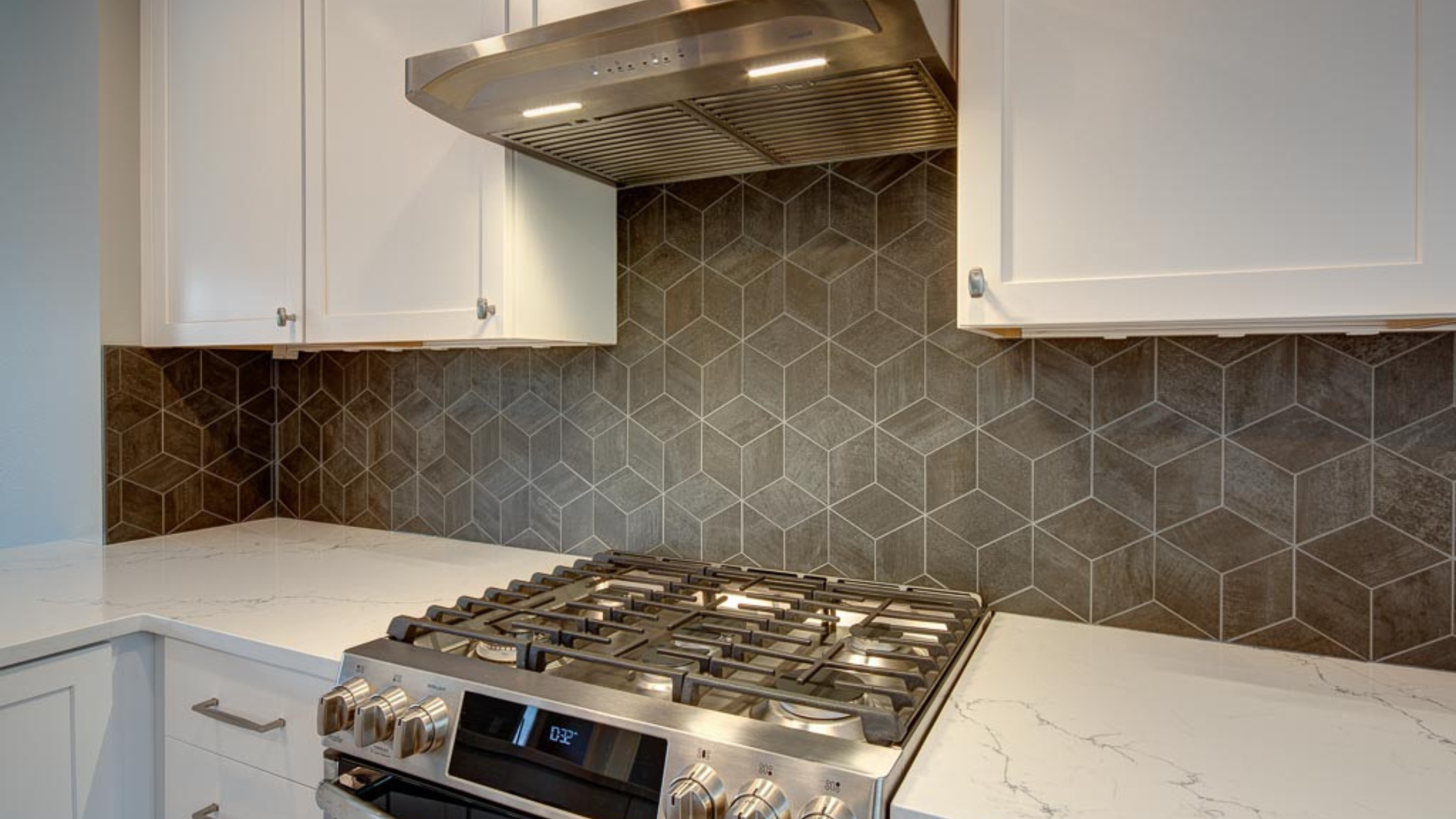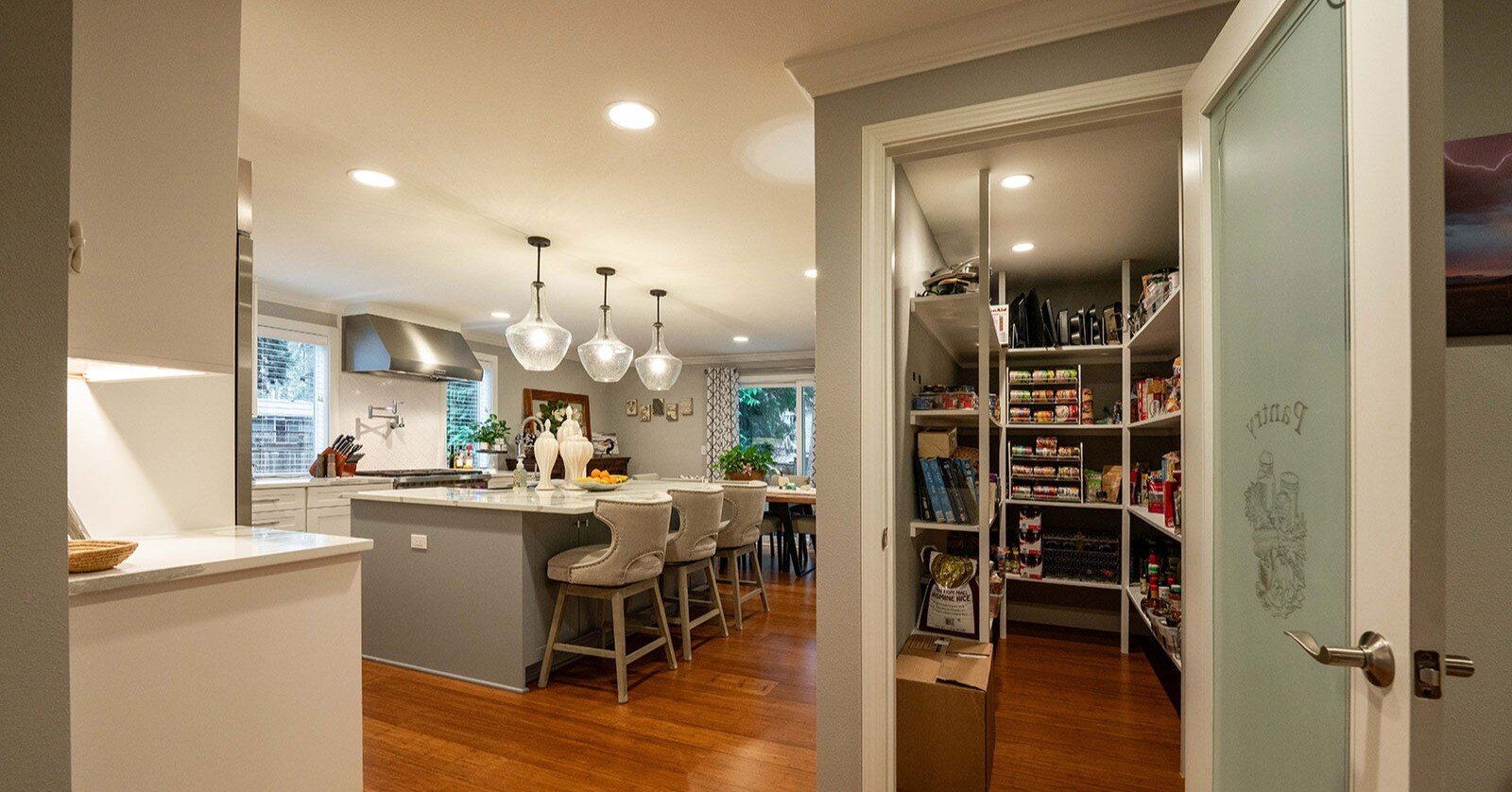Inadequate kitchen cooking ventilation is more common than many people realize, even in recently built homes. Generally, the hoods are not sufficient for the stove size, or they are improperly vented. The accumulation of smells or smoke while cooking indicates that the fan may not be adequately or properly vented. Many individuals believe that having a fan alone is sufficient to manage ventilation, however, this is not always the case. This article will dive into the top 4 problems faced with poor cooking ventilation and solutions on how to solve them.
Common Problems with Kitchen Cooking Ventilation

1. Wrong Fan Size
When we talk about fan “size,” we don’t mean the physical size of the hood unit; we mean how much air the unit circulates. Smaller, lower CFM (cubic feet per min of air moved) hoods are typically less expensive. These less expensive units have cheaper fans that move less air and make more noise. The higher the CFM - the more air that’s moved - the further away the range can be from the hood. Flush ceiling-mounted hoods need to be sized properly because they’re further away.
2. Improperly Routed Ventilation
In many cases, and unbeknownst to the homeowner, the hood fan doesn’t ventilate at all. Instead, we find many cases where the hood fan only circulates the air away from the stove and back into the room. This is especially prevalent in multi-unit apartment and condo complexes. Adequate hood ventilation often isn’t installed because they require extra ductwork (aka more time and money), and the placement of the hoods can make it challenging to add ducts to vent properly.
When routing ductwork outside, the greater the length and the more twists and turns it has, the less efficient the fan will be. In an optimal situation, it is advised not to extend the venting ductwork beyond 30 feet.
Range Craft says, “your range hood duct shouldn’t exceed 30’ for a straight run, 25’ for a run with one elbow, and 20’ for a run with 2 elbows. The shorter the duct, the better. If your ductwork is too long, your kitchen air cannot reach the outside.” The longer the vent, the more buildup of grease, dust, etc., in the ductwork, making it become a safety hazard. The fan has to push all of the air out of the length of the vent, which decreases the fan's efficiency.
3. Hood at Wrong Elevation
Having your hood the wrong distance from your stove top can also create issues. Oftentimes, we’ll see a kitchen with 9 ft ceilings leaving a large gap between the hood and range, which doesn’t lend to efficient ventilation.
It is recommended for indoor range hoods to be mounted somewhere between 28 and 36 inches from your cooktop. You may see varying heights recommended based on your type of cooktop (gas, electric, or induction range). You should always consult your builder and an appliance specialist before installation.
As a general rule of thumb, KitchenAid recommends, “If you have an electric cooktop, range hoods should typically be 20–24 inches above the heat source. For gas cooktops, your range hood should be around 24–30 inches above the stove.”
What happens if your hood is mounted at the wrong height? If your hood is too close to the cooktop, you could risk damaging the hood with how much heat the stove produces, decreasing the motor's longevity. You will also need to clean your hood more frequently or even risk starting a fire. If the hood is too far away from the cooktop, you may end up running the fan at a higher speed more often to compensate, reducing the motor life. You also risk costing yourself money by ventilating the heated or cooled air running through your home, and some of the cooking fumes are likely to escape into the kitchen rather than up through the ductwork.
4. Seattle Requires ‘Makeup Air’
New homes are, in theory, airtight and well-sealed from new windows and doors. Hood fans, when running, create a vacuum effect within the house, drawing out air faster than it’s being replaced. In response, you have to create an avenue for ‘makeup air,’ which is a vent somewhere in the house that’s used to pull air from when the hood is turned on. Running a makeup air system is an extra expense. SDCI section M1503.4 states, “Exhaust hood systems capable of exhausting in excess of 400 cubic feet per minute (0.19m3/s) shall be mechanically or naturally provided with makeup air at a rate approximately equal to the exhaust rate.”
The Cooking Surface Determines the Amount of Ventilation You Need

BTU (British Thermal Units), aka the amount of heat output from the stove, and the size of the range determines how large the hood needs to be. Typically you need a range hood that pulls at least 100 CFM for every 10,000 BTUs of your stovetop. Oftentimes people install hoods that are the same size of the range because it is aesthetically pleasing, but it’s recommended to go, preferably, 6 inches wider.
Better Safe Than Sorry
Ensuring proper kitchen ventilation is one area you don’t want to guess on. Work with someone who can do all of this right for you the first time. You should work with a professional to choose the proper hood unit and determine the correct installation. As you can see from all of the challenges, a well-designed and properly vented range hood is critical to the safety and efficient use of a kitchen. Work with an experienced firm that can design and install range hoods in all different types of kitchen environments.
If you're considering a kitchen renovation, there's a lot of information to gather while you prepare for our project. Start by downloading our eBook, "The Kitchen Renovation Handbook: 10 Steps to Design the Kitchen of your Dreams”.















